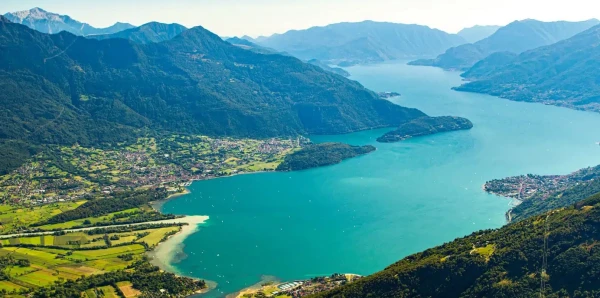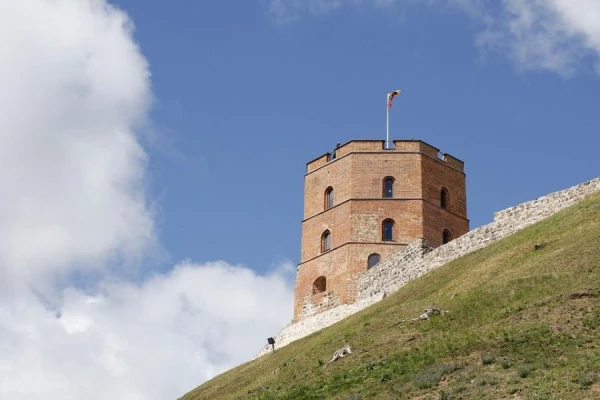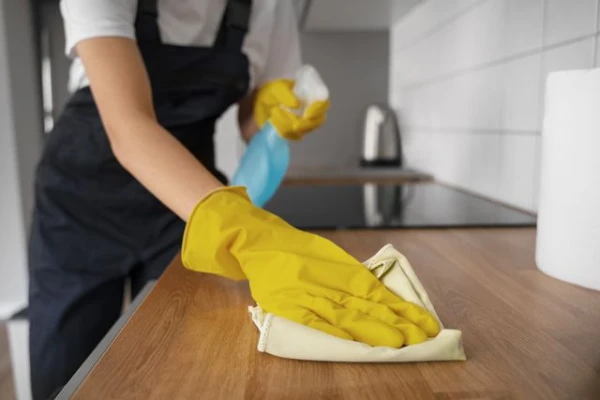
Reducing leaks, promoting drip or subsurface irrigation, and implementing smart agricultural tools can help farmers.
Every year, about 30% of the EU's territory faces water scarcity, while less than 40% of water bodies are in good or very good ecological condition. The agricultural sector in Europe not only suffers from disrupted water balance but also contributes to its destruction.
European citizens use about 200 billion cubic meters of freshwater annually — equivalent to eight times the volume of Lake Como. According to the European Environment Agency (EEA), about one-third (29%) of all this water is consumed by agriculture.
Increased Water Efficiency
The Road to Green travels to Alentejo, a dry region in southern Portugal, where agriculture thrives after the construction of the Alqueva dam. The dam formed the largest artificial lake in Europe, irrigating about 130,000 hectares of farmland — mainly olive groves and vineyards.
However, increasingly frequent droughts and growing water demand are forcing farmers to modernize their irrigation systems and improve their efficiency.
The organic vineyard Herdade do Esporão has significantly reduced water consumption through natural solutions, such as maintaining soil cover and planting more drought-resistant grape varieties, as well as through "precision agriculture" — technological innovations like underground sensors and water reuse systems.
According to the European Environment Agency, reducing leaks, promoting drip or subsurface irrigation, and implementing smart agricultural tools can help European farmers reduce water consumption by up to 20%.
Combating Environmental Pollution
The Road to Green also visited Ireland, where agriculture occupies 70% of the landscape. This is a major source of pollution for rivers and groundwater, primarily due to the use of fertilizers and pesticides.
Farming for Water is a €60 million agro-ecological initiative in which farmers collaborate to promote sustainable practices and improve water quality.
The project aims to engage up to 15,000 farmers in developing and funding measures to reduce runoff of sediments and nutrients into water bodies — for example, by creating wetlands or buffer zones between fields and rivers.
Currently, 54% of Ireland's surface water bodies are classified as having good or high ecological status — above the European average of 39.6%. However, according to the EU Water Framework Directive, member countries must achieve 100% compliance by 2027.
The Farming for Water program, implemented under the guidance of the Local Authorities Water Programme (LAWPRO) in partnership with Teagasc and Dairy Industry Ireland, is the country's first national European Innovation Partnership (EIP), primarily funded by the Ministry of Agriculture through national and EU funds.
Rethinking the Role of Water
A key element of the Water Resources Sustainability Strategy, a major initiative presented by the European Commission in June, is to reduce the quantitative and qualitative impact of agriculture on water resources.
Building on existing legislation, the strategy aims to restore the water cycle, ensure universal access to clean and affordable water, and stimulate innovation and competitiveness in the water sector, where Europe holds a leading position globally.
The European Investment Bank has committed to investing €15 billion by 2027 to support projects aimed at improving water infrastructure. Some national or regional measures may be fully funded by the EU.
The strategy proposes the establishment of an Industry Alliance for Smart Water Use, a European Water Academy, and a new Knowledge and Innovation Community (KIC) for water, marine, and coastal ecosystems. All these initiatives aim to stimulate research and investment, strengthen public-private partnerships, and increase water efficiency in the EU by at least 10% by 2030.














Leave a comment